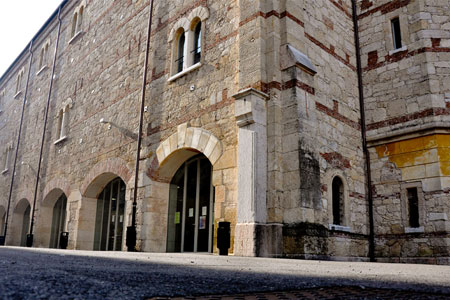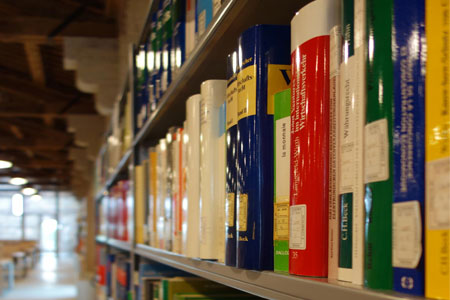Relatore:
Agne Kajackaite
- Università degli Studi di Milano Statale
giovedì 6 novembre 2025
alle ore
12.00
Aula Vaona
Major transformations in information technology, along with significant changes in political communication, have brought fake news and conspiracy theories to the forefront of research in the social sciences and psychology. How can claims that contradict scientific consensus, common sense, and even observable facts capture the minds of thousands of people? How do such claims persist despite efforts to suppress them? This paper addresses these questions from a specific perspective, focusing on the motivations that drive individuals to consume such information. Using rational choice theory, we develop a simple decision-making model to explain the demand for and consumption of conspiracy theories and various forms of misinformation. Through two online experiments, we test hypotheses related to news consumption, beliefs in conspiracies, and belief updating. Specifically, we examine three key hypotheses: (1) the optimal demand for attractive news increases with contrarianism, particularly when a strong consensus exists, (2) the optimal demand for attractive news increases with confidence in one's beliefs, and (3) when a signal is sufficiently surprising, the magnitude of belief revision negatively correlates with prior beliefs. Our findings help in understanding the drivers of the demand for conspiracy theories.







